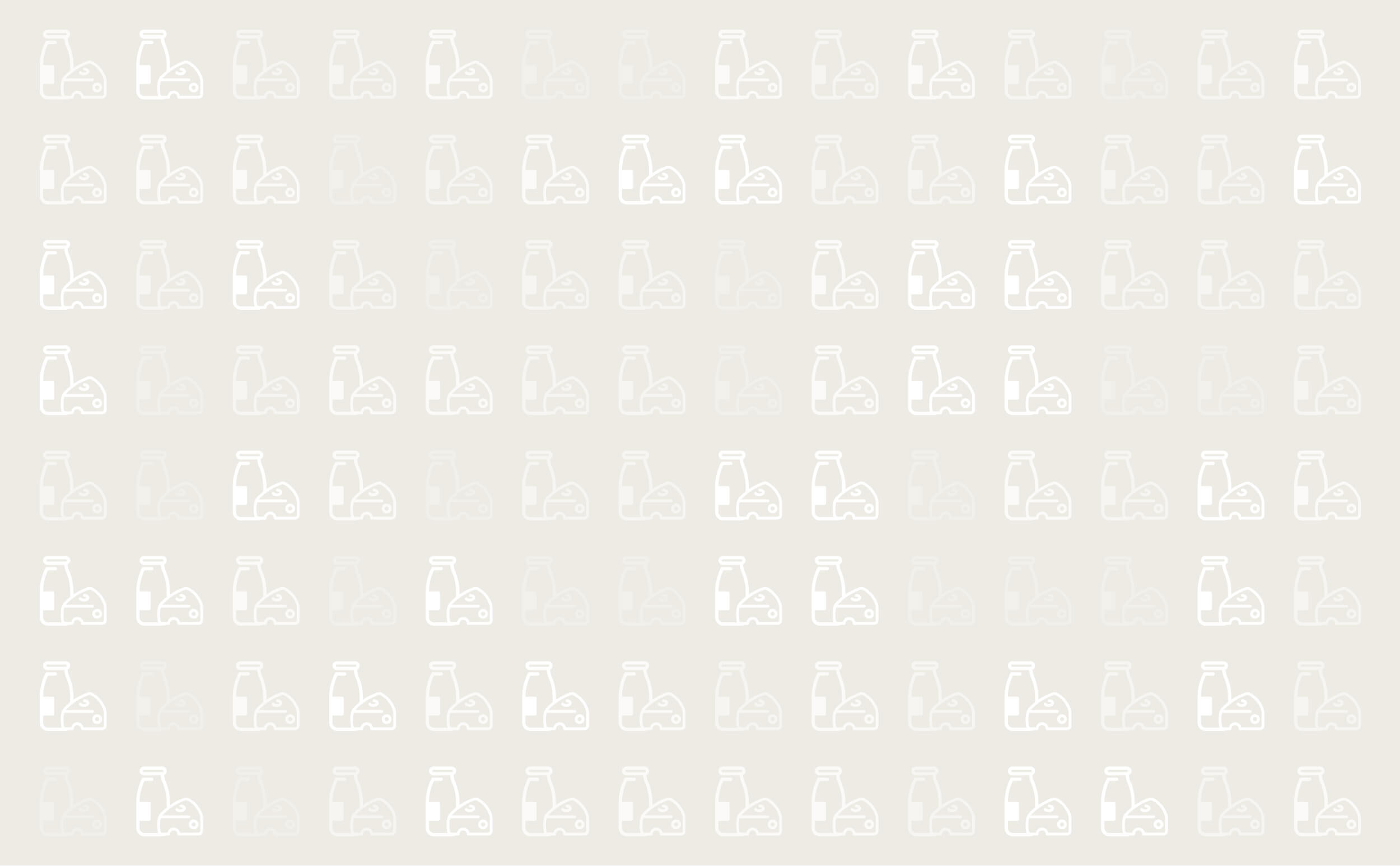



Manure Solids for Cow Bedding can Succeed
US - Using recycled manure solids for bedding in cow stalls can be a cheaper option, providing that there is excellent cow preparation at milking time, adequate sanitation of equipment and effective herd management, says researcher Marcia Endres from the University of Minnesota.
Stall bedding materials for cows have become increasingly expensive and difficult to find. This situation has prompted many dairy producers to search for more feasible alternatives, such as sand and recycled manure solids.
Although sand can be considered the ideal bedding source for dairy cows, not all producers are willing and able to convert to sand bedding because it presents some manure-management challenges. So, what about recycled manure solids? Is anyone making it work in the Midwest?
Adam Husfeldt (University of Minnesota graduate student) and Marcia Endres conducted an observational study on 38 dairy farms in Wisconsin, Minnesota, South Dakota and Iowa that were using solids for bedding freestalls. We wanted to find out what management practices and bedding characteristics were associated with bulk tank somatic cell count (SCC) and evaluate animal welfare in these operations.
The study documented various aspects of herd management, including how solids were obtained and managed, their bedding practices, etc. Bedding, milk and feed samples were collected. Cows were scored for hygiene, hock lesions and locomotion, and milking prep procedures were recorded.
The goal was to collect as much information as possible during the farm visits and from records throughout the year. In the end, 23 variables were used for our analysis of their association with bulk tank SCC.
The study concluded that excellent cow preparation at milking time, sanitation of milking equipment, cow hygiene, adequate dry cow housing and bedding/stall management appear to be critical in maintaining a low SCC while successfully using manure solids for bedding. Type of manure solids used--digested, raw or composted--had no association with SCC.
Moisture is one of several factors necessary for bacterial growth in bedding materials. Therefore, it is important to keep stall bedding as dry as possible to minimise exposure to environmental mastitis pathogens. Additional methods to help dry stall bedding (use of a blower, good barn ventilation, adding equipment to remove moisture after separation) could help reduce bedding moisture.
We also learned that lameness prevalence was similar, hock lesion prevalence was slightly higher and cow hygiene was better than in herds using sand for bedding.
More of the results and observations are available on the University of Minnesota Extension dairy website at www.extension.umn.edu/go/1092. We sincerely thank all the dairy producers who participated in this study.
TheCattleSite News Desk

